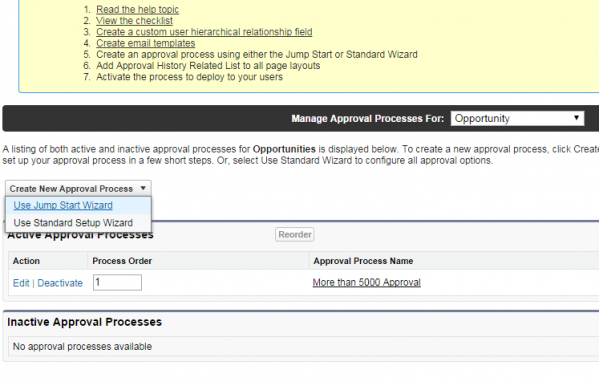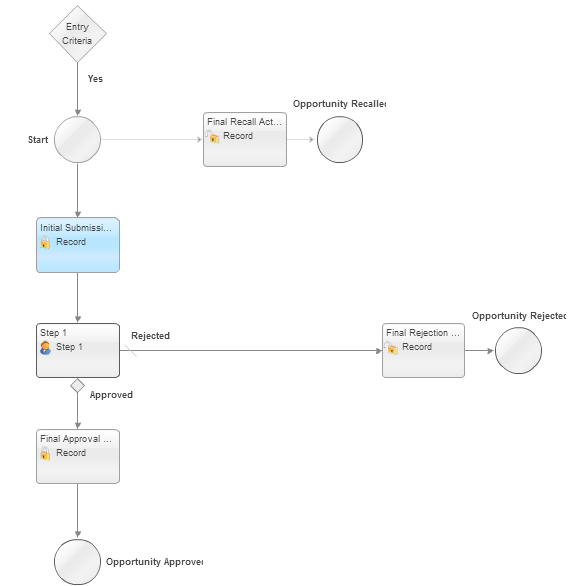Simplicity drives CRM adoption - Approver Flow in Salesforce
CRM processes can become as complex as they come.
You can get all kind of business rules, automation processes and validations driving user to go nuts, until she drops back to plain old email. That does not happen because emails are more powerful than the CRM system. It happens due to the willingness of humans to push boundaries.
A case in point - consider CRM system offers a well-defined Opportunity approval flow that defines all pathways for the various stages and user actions, can jump through hoops and keep track of everything under the sun. The natural affinity is to make it one complex workflow by providing all possible permutation and combination of the flow.
The result – a spaghetti monster that people find it difficult to master, monitor and track. That causes the “rise of the tide of dissatisfaction”. And, then starts the chatter to move back to the plain old email that people understand even if that does not solve the business rule needs defined by the experts.
Oracle Sales Cloud is a good example of what can be made of a CRM system that tries to address “everything”.
One of the territory management functions was complex for IT administrators to manage (define geographic regions > sales regions > define assignments > map entities/fields > create rules). This (as I perceive) was simplified in subsequent versions to dumb it down to the level of manageability.
On the other hand, we have Approver flow process in Salesforce.
Even with all the power that the flow provides, SFDC tucks in the complexity under the hood with the “Jump Start Wizard.”

Though you can choose to get all that power through the “standard” wizard for the approval process, the “jump start” wizard greatly reduces the barrier of entry.

Just select a few fields to decide the qualifying Opportunities and you are done. The system generates default actions and produces a flow based on the provided information.

Salesforce decides the default actions in some cases, e.g. what to do when record is rejected), and validations (make record read-only when approval is in progress. The automatic pre-defined standards that may turn out to be just right for most businesses.
By reducing the entry barrier, Salesforce accomplishes dual objectives –
Get the capabilities to be used by all users
Get a good base from the basic flow, or start with the advanced flow as the administrators and users find the need for more fine-grained control
Simplification is the key to adoption from users, and from IT.